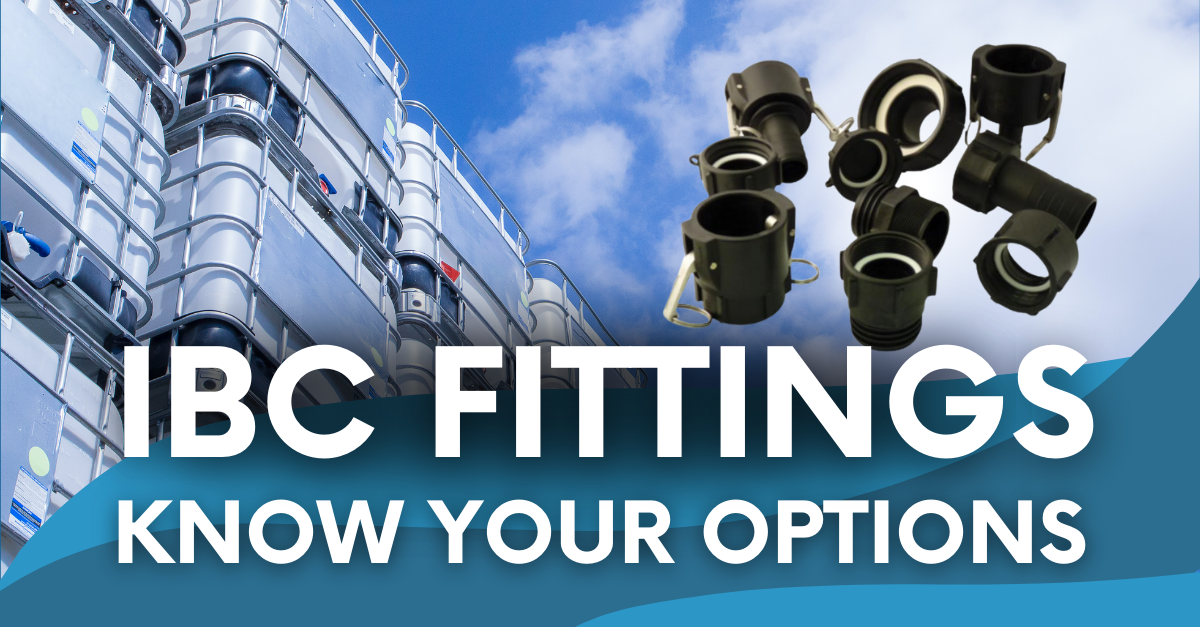Intermediate Bulk Containers (IBCs) are widely used in industries such as agriculture, chemicals, and food production due to their convenience and efficiency in handling liquids and bulk materials. However, selecting the right IBC fitting is crucial for ensuring compatibility, preventing leaks, and optimising performance. In this guide, we will take you through a step-by-step process to determine the correct IBC fitting for your needs.
Step 1:
Identify Your IBC Valve Thread Type The first step in choosing the right IBC fitting is identifying the thread size of your container’s valve. IBCs come with different valve threads, which determine the type of fitting required. The most common thread sizes include:
- S60x6 (Most common for standard IBCs)
- S75x6 (Larger threads found on certain IBCs)
- S92x4 (Less common but used in specific industries)
- S100x8 (Used for large flow applications)
To measure the thread, use a caliper or a thread gauge. Alternatively, refer to the manufacturer’s specifications if available.
WATCH: https://youtu.be/jbc2v57prWg?t=16
Step 2:
Determine the Application Requirements Once you know your thread size, consider how you will use the IBC fitting. Key factors to consider include:
- Fluid type – Ensure the fitting material is compatible with the liquid being stored or transferred.
- Flow rate – Larger fittings allow for faster flow rates, which may be necessary for high-volume applications.
- Connection type – Determine if you need a hose tail, camlock, or BSP/NPT thread for connection to other equipment.
WATCH: https://youtu.be/jbc2v57prWg?t=16
Step 3:
Choose the Right Adaptor After determining the thread type and application, select an adaptor that seamlessly connects your IBC to hoses, pumps, or dispensing equipment. Common adaptor types include:
- Camlock Adaptors – Quick-connect solutions ideal for industrial use.
- BSP/NPT Threaded Adaptors – Used for pipe and plumbing connections.
- Hose Tails – Allow direct connection to a hose for liquid transfer.
- Garden Hose Adaptors – Connect your garden hose to an IBC
WATCH: https://youtu.be/jbc2v57prWg?t=68
Step 4:
Install and Test the Fitting Once you have the right fitting, install it securely and conduct a leakage test. Tighten fittings properly, ensuring a snug fit without over-tightening, which could damage the threads. Run a small amount of liquid through the system to check for leaks before full-scale use.
Choosing the right IBC fitting doesn’t have to be complicated. Select a fitting that matches your container’s valve thread, meets your application needs, and ensures safe, efficient operation.





